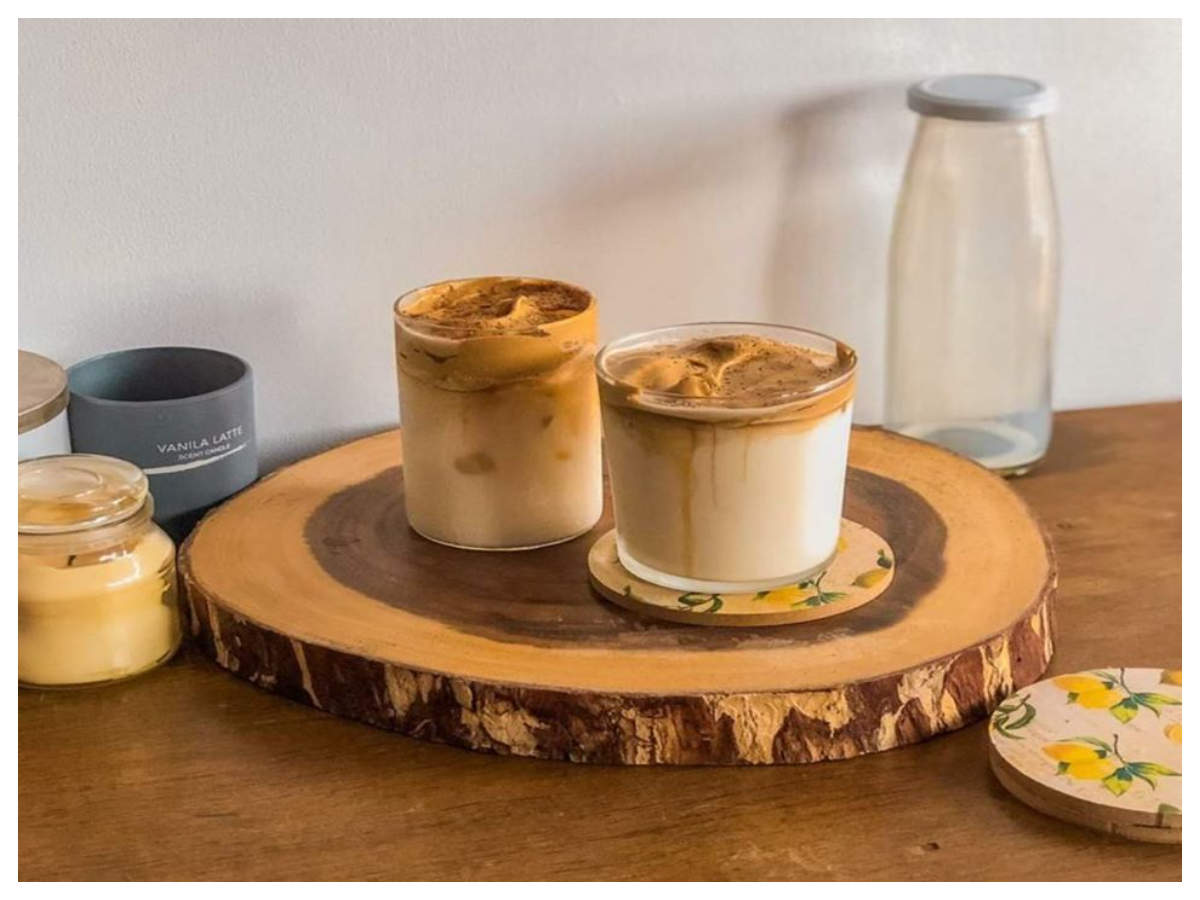
Dharwad: The indefinite deferral of weddings, anniversaries and various major events, including jayantis and jatras, have affected more than merely the hospitality industry. One such industry is floriculture, which has suffered very badly owing to the lockdown. April and May are months when flowers are in demand, given the profusion of events lined up in the summer months across Karnataka.
The floral farms in North Karnataka, and the flower markets in the region make for a study in contrast this year: During the harvest season, all the flowers, ripe for the picking, are carted off to the bustling markets but this year, the flowers remain unpicked, while most markets are closed for business.
Floriculture is an expensive affair, and many farmers have invested large sums, hoping for a bounteous return on investment. However, the unexpected jolt of the Covid-19 pandemic has dashed all their hopes and most ryots have been left with no option but to get rid of their colourful produce.
Experts in the field estimate that flowers are cultivated across 22,000 hectares across the state, with an average annual output of 1.25 lakh tonnes. Karnataka reportedly accounts for three-fourth of the country’s floriculture production. Across North Karnataka – Belagavi, Dharwad, Vijayapura, Raichur and Kalaburagi – flowers are grown on sprawling fields, and many farmers are staring at massive losses this year.
Rose, tuberose, gladioli, chrysanthemums, jasmine, orchids and carnations are but a few of the flowers grown widely across the region. While aster, hibiscus and champak flowers are widely cultivated in Belagavi, marigold is popular among farmers in Vijayapura.
The flowers are immensely popular not only among customers across the country, but also in foreign lands. Cut flowers grown across North Karnataka are exported to Netherlands, Japan, United Kingdom, Germany and the USA. Given their extremely short shelf-life, flowers have to be kept in cold storage. However, owing to the enforcement of the lockdown, neither can the farmers ship their flowers nor house them in cold storage.
Dharwad, Kalghatgi and Hubballi taluks are among the regions across Dharwad district where floriculture is practiced. While most floriculturists take to cultivation of roses, one often sees marigolds, lilies, jasmine and orchids shooting out radiantly from amid the roses. Local experts estimate the annual yield of flowers in Dharwad district at 2,000 tonnes. But this year, nearly 1,000 tonnes of flowers stand withering on the fields.
For the second successive year, flower farmers are staring at a lost harvest. Kallappa Angadi, a flower farmer from Managundi village in Dharwad taluk, said that they lost their harvest to the flood last year. “The horticulture department is helping farmers sell fruits and vegetables, but flower cultivators have not been extended the same benefit,” rued Angadi.
The floral farms in North Karnataka, and the flower markets in the region make for a study in contrast this year: During the harvest season, all the flowers, ripe for the picking, are carted off to the bustling markets but this year, the flowers remain unpicked, while most markets are closed for business.
Floriculture is an expensive affair, and many farmers have invested large sums, hoping for a bounteous return on investment. However, the unexpected jolt of the Covid-19 pandemic has dashed all their hopes and most ryots have been left with no option but to get rid of their colourful produce.
Experts in the field estimate that flowers are cultivated across 22,000 hectares across the state, with an average annual output of 1.25 lakh tonnes. Karnataka reportedly accounts for three-fourth of the country’s floriculture production. Across North Karnataka – Belagavi, Dharwad, Vijayapura, Raichur and Kalaburagi – flowers are grown on sprawling fields, and many farmers are staring at massive losses this year.
Rose, tuberose, gladioli, chrysanthemums, jasmine, orchids and carnations are but a few of the flowers grown widely across the region. While aster, hibiscus and champak flowers are widely cultivated in Belagavi, marigold is popular among farmers in Vijayapura.
The flowers are immensely popular not only among customers across the country, but also in foreign lands. Cut flowers grown across North Karnataka are exported to Netherlands, Japan, United Kingdom, Germany and the USA. Given their extremely short shelf-life, flowers have to be kept in cold storage. However, owing to the enforcement of the lockdown, neither can the farmers ship their flowers nor house them in cold storage.
Dharwad, Kalghatgi and Hubballi taluks are among the regions across Dharwad district where floriculture is practiced. While most floriculturists take to cultivation of roses, one often sees marigolds, lilies, jasmine and orchids shooting out radiantly from amid the roses. Local experts estimate the annual yield of flowers in Dharwad district at 2,000 tonnes. But this year, nearly 1,000 tonnes of flowers stand withering on the fields.
For the second successive year, flower farmers are staring at a lost harvest. Kallappa Angadi, a flower farmer from Managundi village in Dharwad taluk, said that they lost their harvest to the flood last year. “The horticulture department is helping farmers sell fruits and vegetables, but flower cultivators have not been extended the same benefit,” rued Angadi.
Quick Links
Kerala Coronavirus Helpline NumberHaryana Coronavirus Helpline NumberUP Coronavirus Helpline NumberBareilly NewsBhopal NewsCoronavirus in DelhiCoronavirus in HyderabadCoronavirus in IndiaCoronavirus symptomsCoronavirusRajasthan Coronavirus Helpline NumberAditya ThackerayShiv SenaFire in MumbaiAP Coronavirus Helpline NumberArvind KejriwalJammu Kashmir Coronavirus Helpline NumberSrinagar encounter
Get the app








